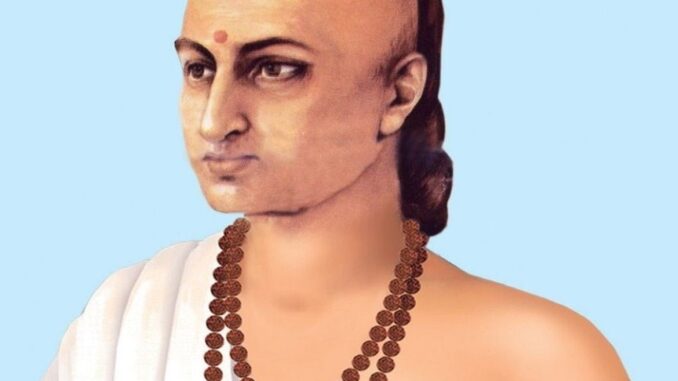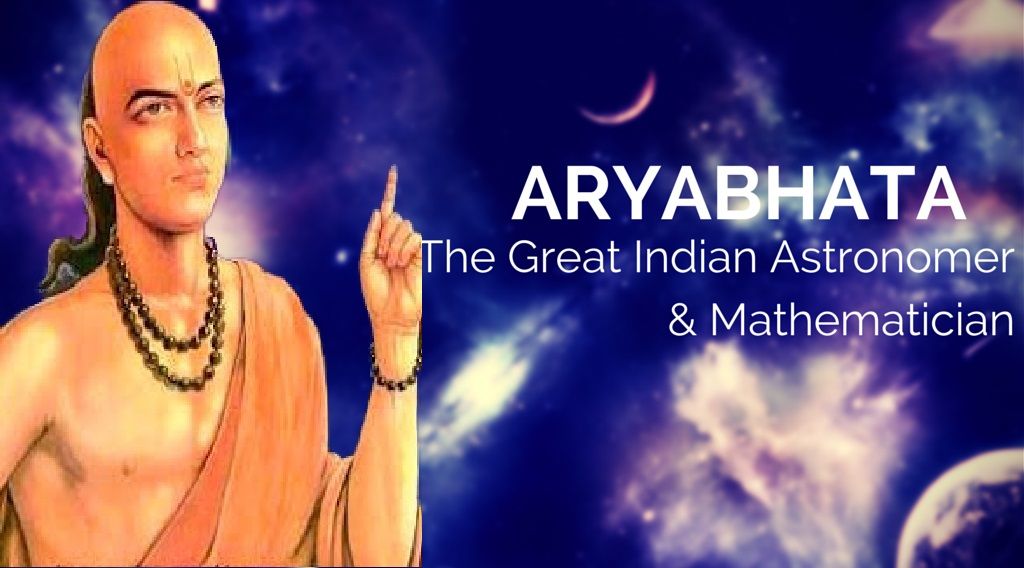
Aryabhatta Biography.

Aryabhatta Biography- Aryabhatta (476–550 CE) was a pioneering mathematician and astronomer from ancient India. In an era when the night sky was a mystery, Aryabhatta shed light on the universe’s secrets, laying the foundation for future discoveries. His journey from humble beginnings to renowned scholar is truly inspiring..
Background
Aryabhatta was born in 476 CE. Although the exact location of his birth is not certain, it is widely believed that he hailed from the region of Kusumapura, identified as modern-day Patna in Bihar, India. This area was a significant center of learning during his time, which likely influenced Aryabhatta’s pursuit of knowledge.
Education
Aryabhatta went to Kusumapura (modern-day Patna), a thriving center of learning identified with Pataliputra, for advanced studies and lived there for some time. His presence there suggests he had access to excellent educational resources. Aryabhatta was likely the head of an institution (kulapa) at Kusumapura and may have been associated with Nalanda University, which had an astronomical observatory. He is also reputed to have set up an observatory at the Sun temple in Taregana, Bihar.
Age
By the time Aryabhatta composed the Aryabhatiya in 499 CE, he was just 23 years old.
Works
Aryabhatta’s contributions to mathematics and astronomy are primarily encapsulated in two significant works: the Aryabhatiya and the Arya-siddhanta. These texts contain groundbreaking theories and observations that have influenced scholars for centuries.
Aryabhatiya
The Aryabhatiya is a detailed book on mathematics and astronomy. Composed in 499 CE, this work is divided into four sections:
1. Gitikapada – A summary of the work in verse.
2. Ganitapada – Mathematics, including arithmetic, algebra, and trigonometry.
3. Kalakriyapada – Calculations on time and planetary positions.
4. Golapada – Spherical astronomy.
Arya-siddhanta
Another crucial work attributed to Aryabhatta is the Arya-siddhanta. Though not as well-preserved as the Aryabhatiya, it deals with astronomical calculations and the mechanics of the solar system, including theories on eclipses and planetary movements.
Contributions to Mathematics
Aryabhatta made several key contributions to mathematics:
– Place Value System and Zero: He worked on the place value system, which is fundamental to modern mathematics.
– Approximation of Pi: Aryabhatta provided an approximation of pi (π) as 3.1416, which is remarkably close to the true value.
– Trigonometry: He introduced trigonometric functions like sine (jya) and cosine (kojya), which are crucial in various fields of science and engineering today.
Contributions to Astronomy
Aryabhatta’s work in astronomy was equally groundbreaking:
– Heliocentric Theory: He proposed that the Earth rotates on its axis, a revolutionary idea that predated Copernicus by almost a millennium.
– Eclipses: Aryabhatta correctly explained the causes of solar and lunar eclipses, attributing them to the shadows cast by the Earth and the Moon.
– Planetary Positions: His calculations of planetary positions and periods were remarkably accurate for his time.
Aryabhatta Biography- Observatories
Aryabhatta is also believed to have established an observatory at the Sun temple in Taregana, Bihar. This observatory would have allowed him to conduct astronomical observations, further enhancing his studies and findings.t
Conclusion
Aryabhatta’s contributions to mathematics and astronomy are immense and enduring. His pioneering work has inspired generations of scholars and continues to be relevant even today. Aryabhatta’s legacy as a brilliant mathematician and astronomer from ancient India remains a beacon of knowledge and curiosity.
FAQs
1. What were Aryabhatta’s major works? Aryabhatta’s major works include the *Aryabhatiya* and the *Arya-siddhanta* .
2. What did Aryabhatta contribute to mathematics? Aryabhatta contributed to the place value system, provided an approximation of pi, and introduced trigonometric functions like sine and cosine.
3. How did Aryabhatta explain eclipses? Aryabhatta explained that the shadows cast by the Earth and the Moon cause solar and lunar eclipses.
4. Where did Aryabhatta study? Aryabhatta is believed to have studied and lived in Kusumapura, identified with modern Patna, Bihar.
5. Did Aryabhatta propose the heliocentric theory? Aryabhatta proposed that the Earth rotates on its axis, a revolutionary idea that was a precursor to the heliocentric theory.

Leave a Reply